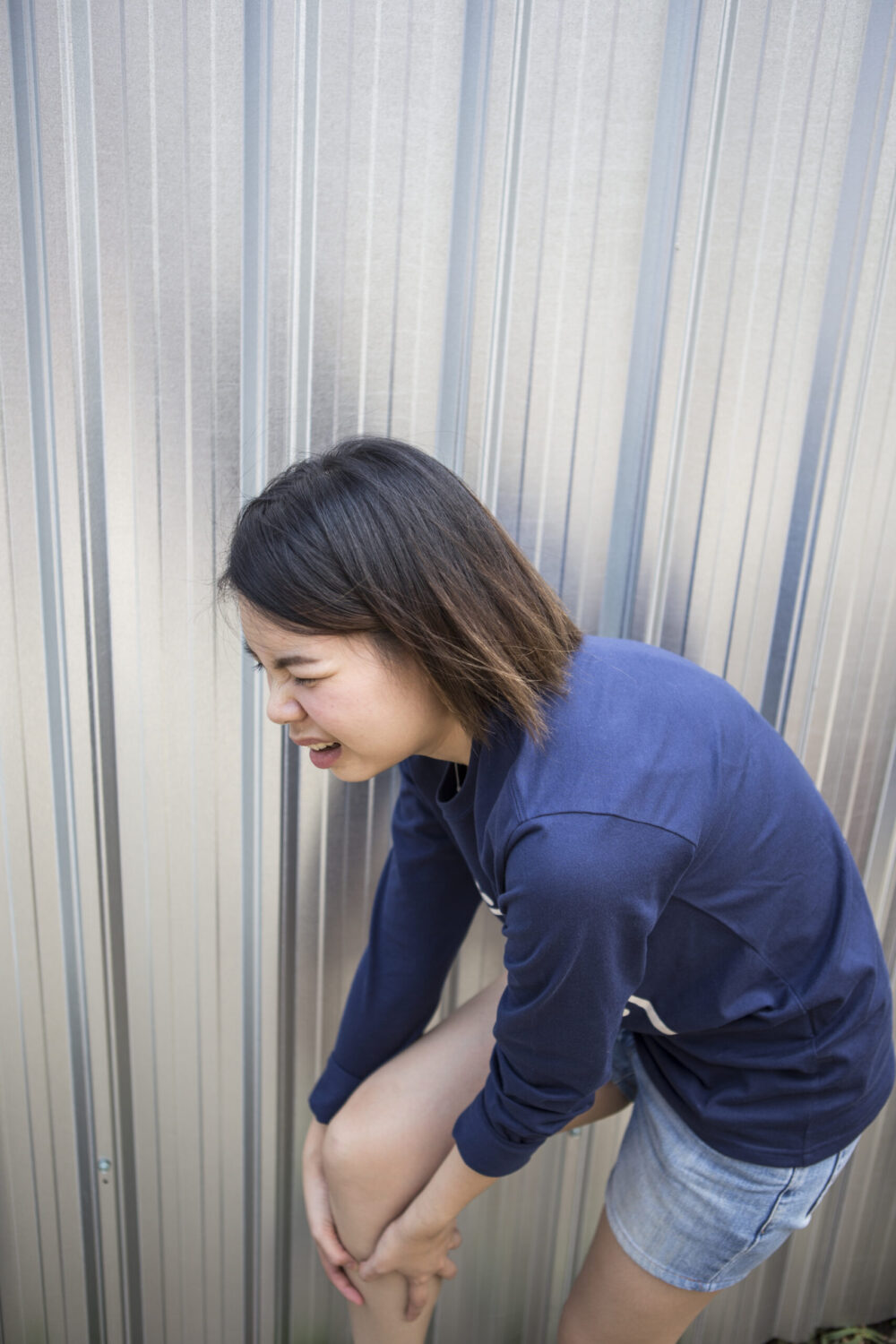Knee flexion is the action of bending the knee. This ability to flex the muscles that bend the knee directly impacts the various daily activities that you can do, such as sitting, walking, climbing stairs, and squatting.
After surgery, you will have a limited ability to bend your knee, which is normal. However, with rehabilitation and recovery, you should be able to regain normal knee flexion, one that matches your un-operated knee or at least an adequate knee flexion that allows you to have a full range of motion. Otherwise, you might experience difficulty climbing or descending the stairs or squatting and develop altered gait patterns. This means you will face mobility challenges or limitations, which could lead to a lower quality of life.
So, it’s important to improve knee flexion after surgery. According to the American Academy of Orthopaedic Surgeons (AAOS), this usually entails regular exercise and a gradual return to daily activities. Take note, however, that your exercise and activity program must be supervised by your surgeon and physical therapist.
Knee Flexion Exercises
Your rehabilitation program might include exercises that start out with simple and easy movements before gradually progressing to advanced movements. Typically, these exercises can start as soon as you wake from surgery in the recovery room and continue until you return home.
Early exercises after surgery
Early post-operative exercises begin as soon as you can do them, i.e., in the recovery room after your operation. These exercises have two main goals. First, they can help reduce the pain you might be feeling after your surgery. Second, early post-operative exercises can speed up your recovery.
These exercises are designed to increase blood circulation in your legs and feet. Proper blood circulation can prevent blood clots from forming. In addition, post-operative exercises can also strengthen your muscles as well as improve your knee movements.
Some of the exercises you might be asked to perform after your surgery include:
- Quadriceps sets,
- Straight leg raises,
- Ankle pumps,
- Knee straightening exercises,
- Bed-supported knee bends,
- Sitting supported knee bends, and
- Sitting unsupported knee bends.
Advanced exercises
Knee pain before your surgery and the pain and swelling you experience after your operation will have both weakened your knee. So, as you take a few steps on your own or have regained independent movement for short distances, your surgeon and/or physical therapist might recommend increasing your activity. You will have to do these exercises for several months to achieve full recovery.
Some of the advanced exercises your surgeon and/or physical therapist might ask you to perform might include standing knee bends, assisted knee bends, and knee exercise with resistance.
You could also be asked to ride an exercise bike. Exercycling is a great way to improve knee mobility and build or regain muscle strength around your knee.
Activities That Enhance Knee Flexion
Aside from the exercises mentioned above, your surgeon and/or physical therapist might also put you on an activity regimen that can improve your knee flexion. These can include the following:
Walking
After your surgery, one of the first things your surgeon and/or physical therapist might ask you to do is to walk short distances in your hospital room. You might need a walker or crutches to perform this task, but it’s essential that you comply.
“Proper walking is the best way to help your knee recover,” the American Academy of Orthopaedic Surgeons (AAOS) says. Your surgeon and/or physical therapist will inform you how much weight you should be putting on your leg, and it’s essential that you follow through. Walking can help your knee regain strength and movement as well as assist in your recovery.
As you feel more confident, you can continue walking with one crutch and then a walking stick until finally you can try walking without aid when you’re ready. In addition, the National Health Service (NHS) recommends that you should get up and walk around every hour for five minutes in order to prevent blood clots.
Climbing and descending stairs
This activity is a great way to improve your strength, endurance, and flexibility. Just remember to stick to stairs that are the standard height, i.e., 7 inches.
Of course, the first several times you attempt to climb or descend stairs, you’ll need to hold onto a handrail to support you. Alternatively, you can also ask someone to assist you when performing this activity. Take your time and proceed only one step at a time.
When climbing up the stairs, use your good knee to lead you. On the other hand, when going down the stairs, lead with your operated knee. As the NHS says, “Up with the good” and “down with the bad.”
Pain and Swelling Management
It is important to note that you will experience pain and/or swelling after your knee surgery. Expect pain, swelling, and even bruising for several weeks or months after your operation. Your knee might also feel painful or get swollen after performing your exercises and/or activities. This is normal.
Elevate your leg
The best way to relieve yourself from the pain and swelling will be to elevate your leg and ice it. You can elevate your leg using pillows, but place them under your heel and calf. In this way, your knee’s mobility is not limited. The elevation should be in a 45-degree angle at least.
Ice your leg
To quell the swelling of your knee, wrap ice in a towel and apply it to the swollen area. Keep it there for 20 minutes before removing it for 20 minutes. Repeat this sequence for around two hours. Ice packs or cold compresses can effectively reduce inflammation and swelling in your knee.
Take pain meds
Pain after surgery is normal, and your surgeon will most likely prescribe you some oral pain medication for several weeks post-operation. These medications might include naproxen (Aleve), ibuprofen (Advil, Motrin), and other nonsteroidal anti-inflammatory drugs (NSAIDs).
Eventually, the pain will reduce over time, but your doctor might prescribe you some over-the-counter (OTC) medication, such as acetaminophen (Tylenol) and ibuprofen, to relieve any temporary pain and inflammation you might feel later on.





